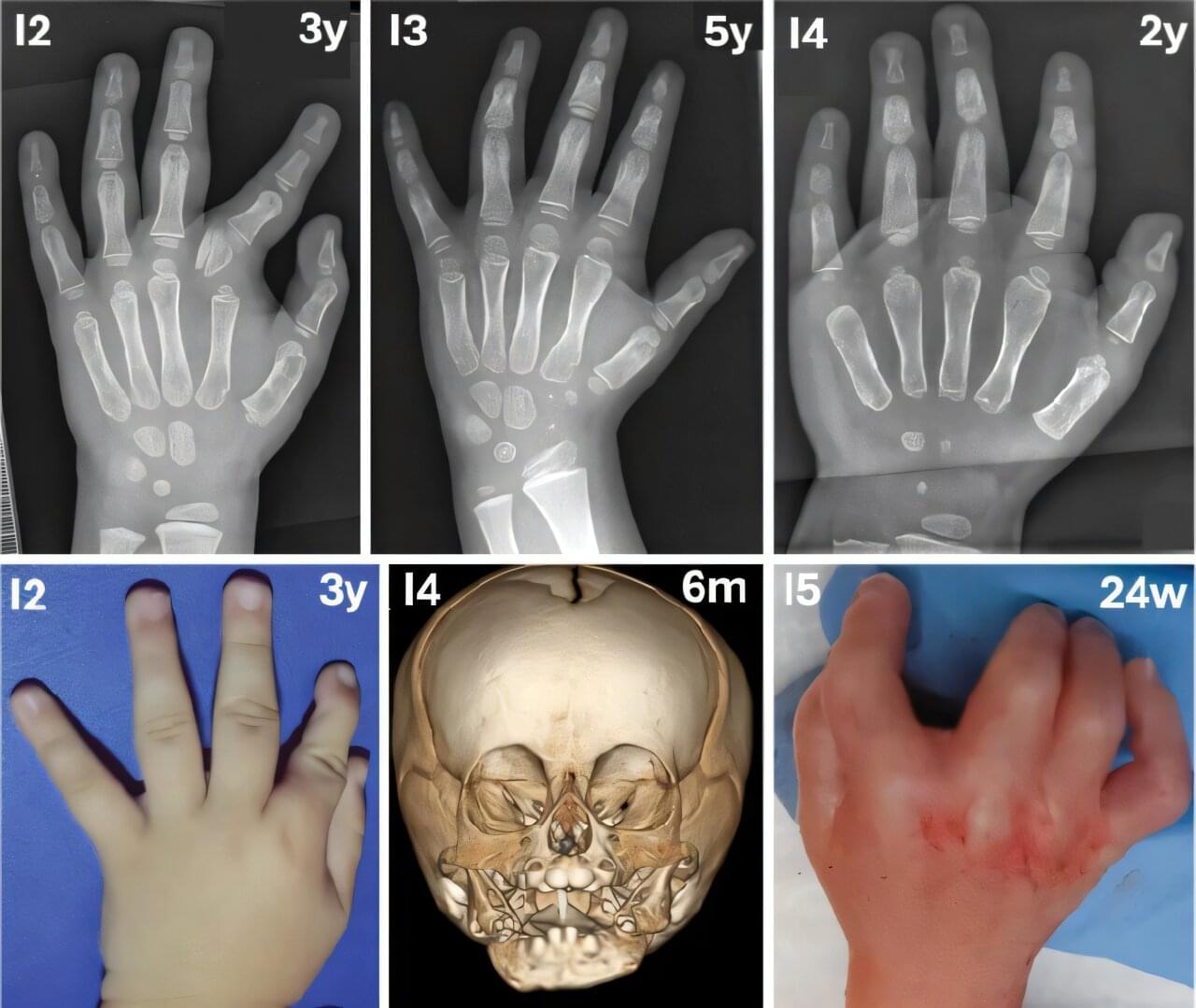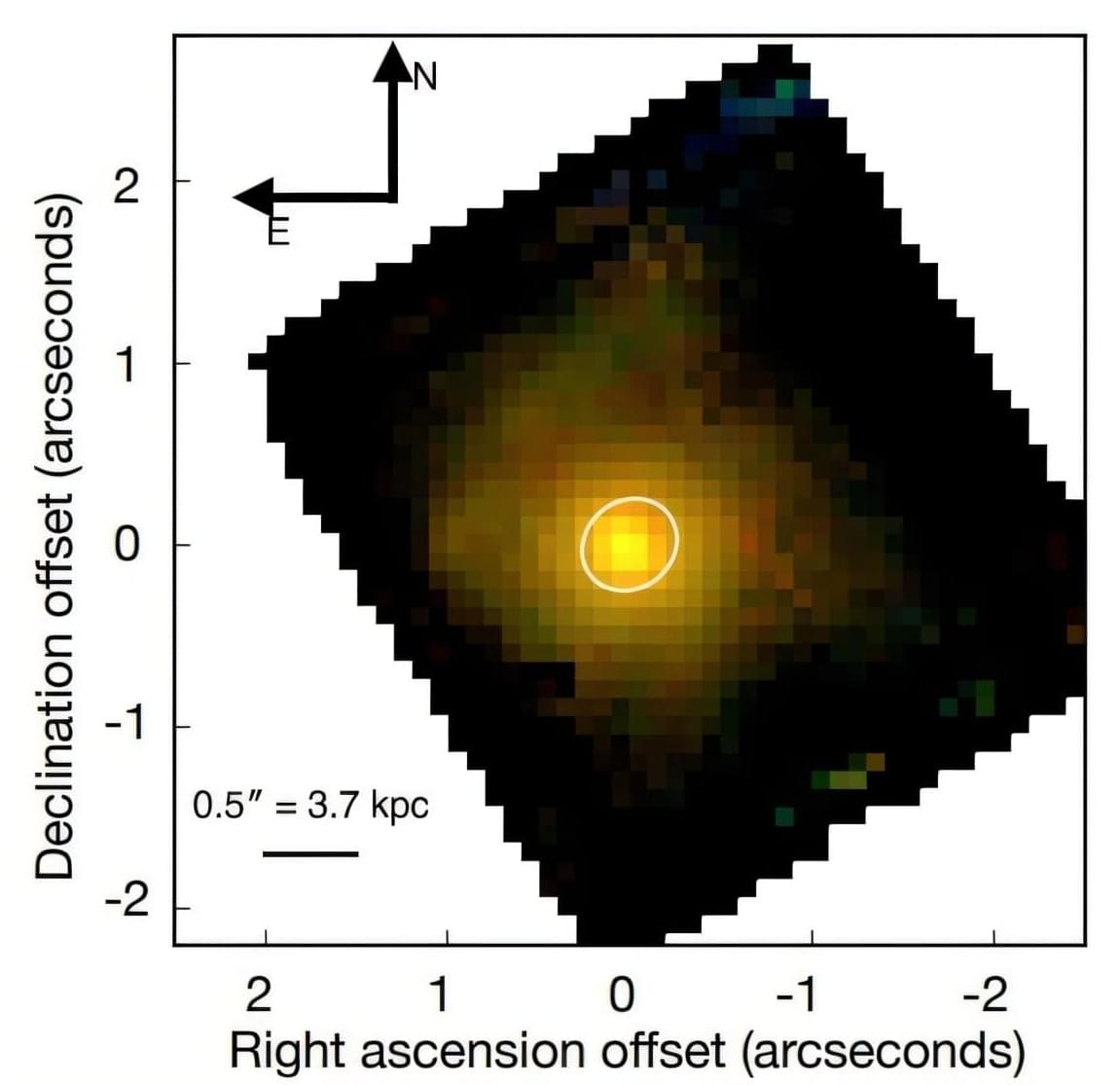Making the protection of ecosystems and biodiversity a priority is a better way to address climate change than so-called ‘carbon-first’ approaches, say researchers.



Living cells contain a world of complex parts, which are constantly in motion. Many functions of these parts are still not fully understood, but likely harbor answers to many of our questions about how diseases work and how we might reverse them. One such case has been brought to light.
Enzymes act as catalysts for various processes within cells, but in some cases, they become inactivated by mistakes or environmental factors. When this happens, the processes that the enzymes facilitate may be compromised and lead to disease, depending on what processes are affected.
According to a new study published in Nature, Catel–Manzke syndrome—a bone disorder causing shortened bones, heart defects, cleft palate and finger malformation—may be a result of an inactivated enzyme, called dTDP-D-glucose 4,6-dehydratase (TGDS).


A new study led by a Utah engineering professor shows that gait retraining can reduce pain and slow cartilage damage. Almost one in four adults over the age of 40 live with painful osteoarthritis, a condition that has become one of the leading causes of disability. The disease gradually wears awa


NASA astronauts Michael Fincke and Zena Cardman will connect with students in Ohio as they answer prerecorded science, technology, engineering, and mathematics (STEM) questions aboard the International Space Station.
The Earth-to-space call will begin at 10:15 a.m. EDT on Wednesday, Aug. 27, and will stream live on the agency’s Learn With NASA YouTube channel.
Media interested in covering the event must RSVP by 5 p.m., Monday, Aug. 25, to Mary Beddell at: 330−492−3500 or at [email protected].

Neurons in the gut produce a molecule that plays a pivotal role in shaping the gut’s immune response during and after inflammation, according to a new study by Weill Cornell Medicine investigators. The findings suggest that targeting these neurons and the molecules they produce could open the door to new treatments for inflammatory bowel disease and other disorders driven by gut inflammation.
Hundreds of millions of neurons make up the enteric nervous system, the “second brain” of the body, where they orchestrate essential functions of the gut such as moving food through the intestines, nutrient absorption and blood flow. While this system is known for regulating these fundamental processes, its role in controlling intestinal inflammatory responses has remained far less clear.
In their study, reported August 15 in Nature Immunology, the investigators focused on group 2 innate lymphoid cells (ILC2s), immune cells that reside within the linings of the gut. Their previous work revealed that ILC2s are a major source of a tissue-healing growth factor called amphiregulin and have the capacity to receive neuronal signals that modulate their function and can impact disease progression and recovery.

Part 1 of the Singularity Series was “Putting Brakes on the Singularity.” That essay looked at how economic and other non-technical factors will slow down the practical effects of AI, and we should question the supposedly immediate move from AGI to SAI (superintelligent AI).
In part 3, I will consider past singularities, different paces for singularities, and the difference between intelligence and speed accelerations.
In part 4, I will follow up by offering alternative models of AI-driven progress.

Using the James Webb Space Telescope (JWST), astronomers have conducted spectroscopic observations of a high-redshift galaxy known as XMM-VID1-2075. Results of the observational campaign, presented August 14 on the pre-print server arXiv, suggest that XMM-VID1-2075 is a massive and evolved slow-rotator.
The so-called “slow-rotators” represent a small fraction of the most massive galaxies, which stopped forming stars and are dispersion-supported systems. Such galaxies are highly evolved and often exist in dense cluster environments.
To date, no slow-rotators have been confirmed from stellar kinematics beyond the redshift of 2.0. It is generally assumed that at high redshifts, these slow-rotating systems are predicted to be rarely found.